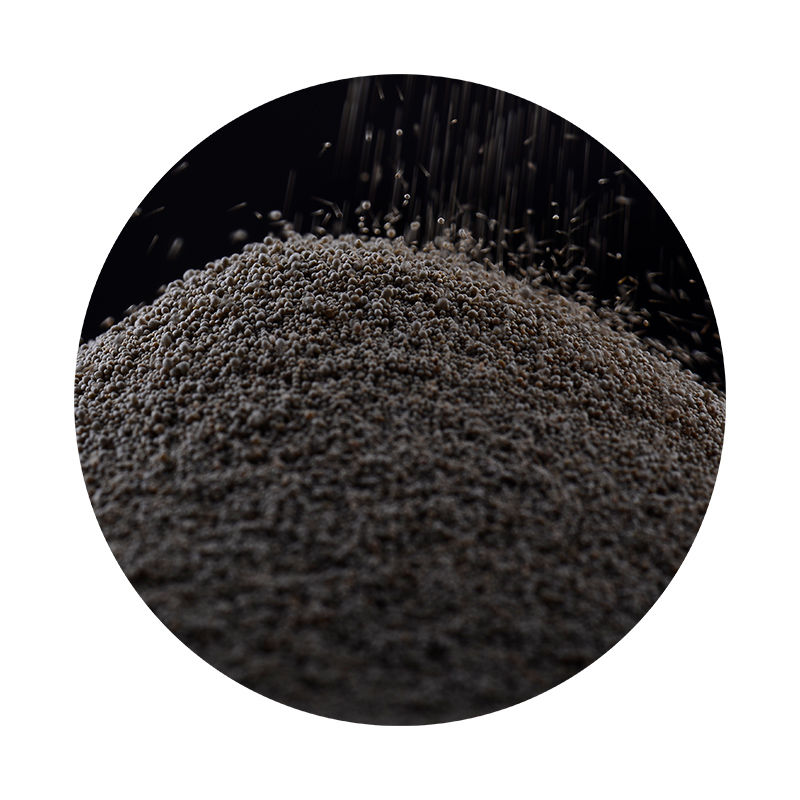Sanding, Casting, and the Versatility of Resin
Resin has become a staple material in various industries, particularly in the realm of crafting, art, and manufacturing. One of the most interesting applications of resin is in sanding and casting, which allows artisans and manufacturers to create intricate designs and durable products. This article will explore the techniques and benefits of using resin for sanding and casting, the materials involved, and some creative applications of resin products.
Understanding Resin
Resin is a synthetic compound that can be molded and shaped when heated and solidifies into a rigid structure upon cooling. The types of resin typically used in crafting and manufacturing include epoxy resin, polyester resin, and polyurethane resin. Among these, epoxy resin is especially popular due to its clarity, strength, and resistance to moisture and chemicals.
When working with resin, artists can create a range of objects, from decorative items to functional components in machinery. Its versatility allows it to take on the appearance of other materials, such as wood or glass, while providing a unique, polished finish.
The Process of Sanding and Casting
Sanding and casting with resin involves several stages. The first step usually requires creating a mold, which can be made from silicone, plastic, or metal, depending on the desired outcome. The mold's shape is crucial as it determines the final form of the product. Silicone molds are particularly popular due to their flexibility, which makes it easier to extract the cured resin piece without damaging it.
Once the mold is ready, the next step is to mix the resin with a hardener, according to the manufacturer's instructions. This mixture will typically begin to cure within minutes and reach its full strength after several hours or days, depending on the specific resin used. Pouring the resin into the mold should be done carefully to avoid bubbles, which can mar the final product.
After the resin has cured and hardened, the casting process is complete, but the work doesn’t end there. Sanding is an essential follow-up process that helps achieve a smooth finish on the piece. This often requires various grades of sandpaper, starting from coarse to fine, to gradually refine the surface. Proper sanding can emphasize the beauty of the resin, making it gleam and pop without any imperfections.
sanding casting resin

Benefits of Using Resin
Resin offers numerous advantages that make it an attractive choice for casting and crafting. One of the main benefits is its durability. Once cured, resin objects are resistant to water, UV light, and many chemicals, making them suitable for both indoor and outdoor applications. Additionally, resin is lightweight compared to many other materials, such as glass or metal, which means it can be used in applications without adding excessive weight.
Another significant advantage is the aesthetic potential of resin. It can be dyed with various pigments, embedded with materials like glitter or natural elements such as wood or flowers, and layered for stunning visual effects. This characteristic allows artisans to create truly unique pieces that reflect their creativity.
Creative Applications
The applications of sanding and casting with resin are virtually infinite. In art, it is used to create sculptures, jewelry, and functional home décor items. For instance, artists may pour layers of tinted resin into molds to create colorful, geometric designs that catch the eye.
In manufacturing, resin is used to produce prototypes and custom parts for various industries, including automotive, aerospace, and consumer goods. Its ability to mimic other materials while providing superior durability makes it an essential material for many designers and engineers.
Conclusion
In conclusion, the combination of sanding, casting, and the versatility of resin has opened new avenues for creativity in both art and industry. Whether for creating exquisite decorative pieces or functional components, resin stands out as a reliable material that combines aesthetic appeal with durability. As techniques evolve and more people explore its potential, resin will continue to inspire innovation and artistic expression in countless applications.
Post time:syys . 26, 2024 04:08
Next:Understanding the Importance of Sand in Metal Casting Processes for Optimal Results
